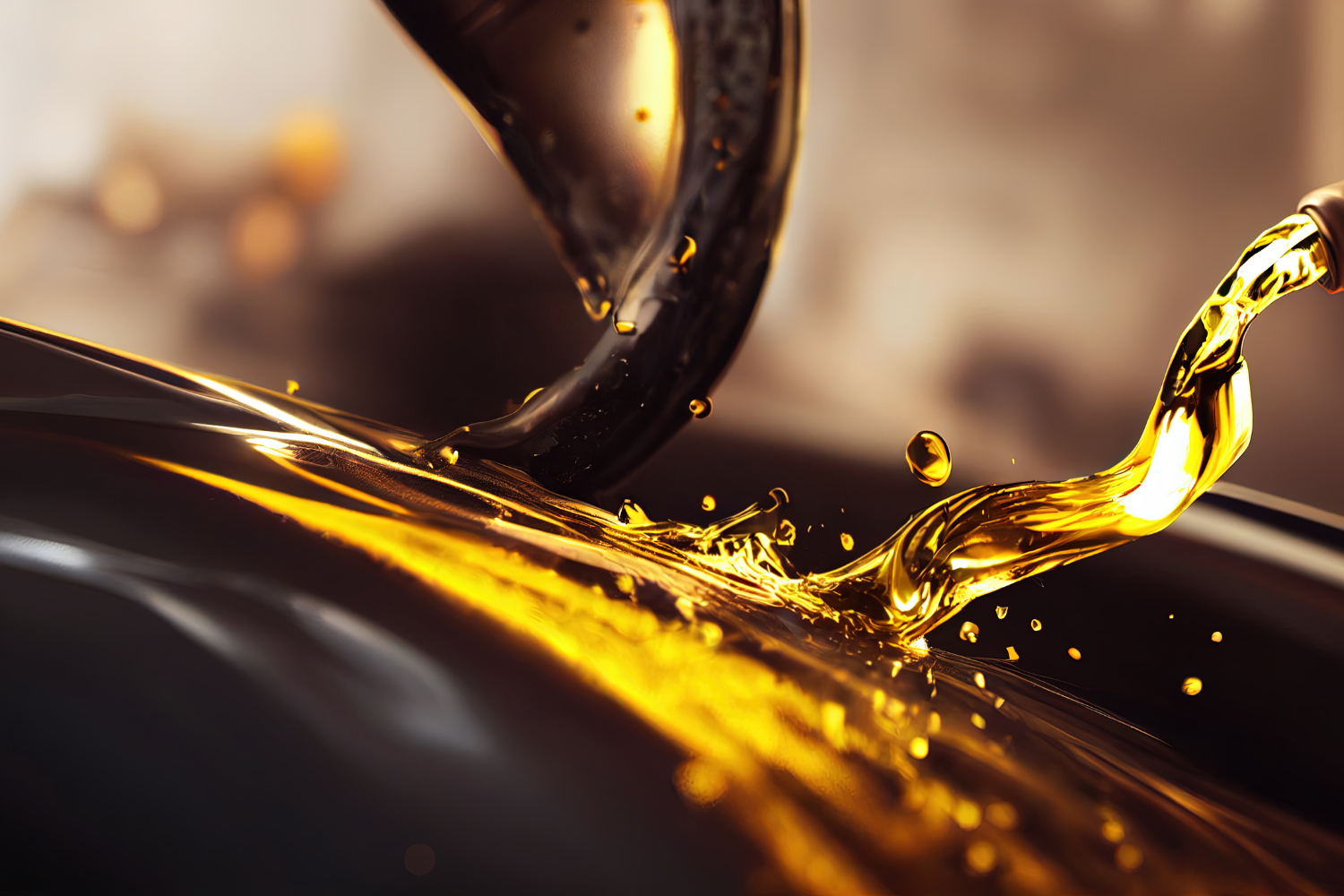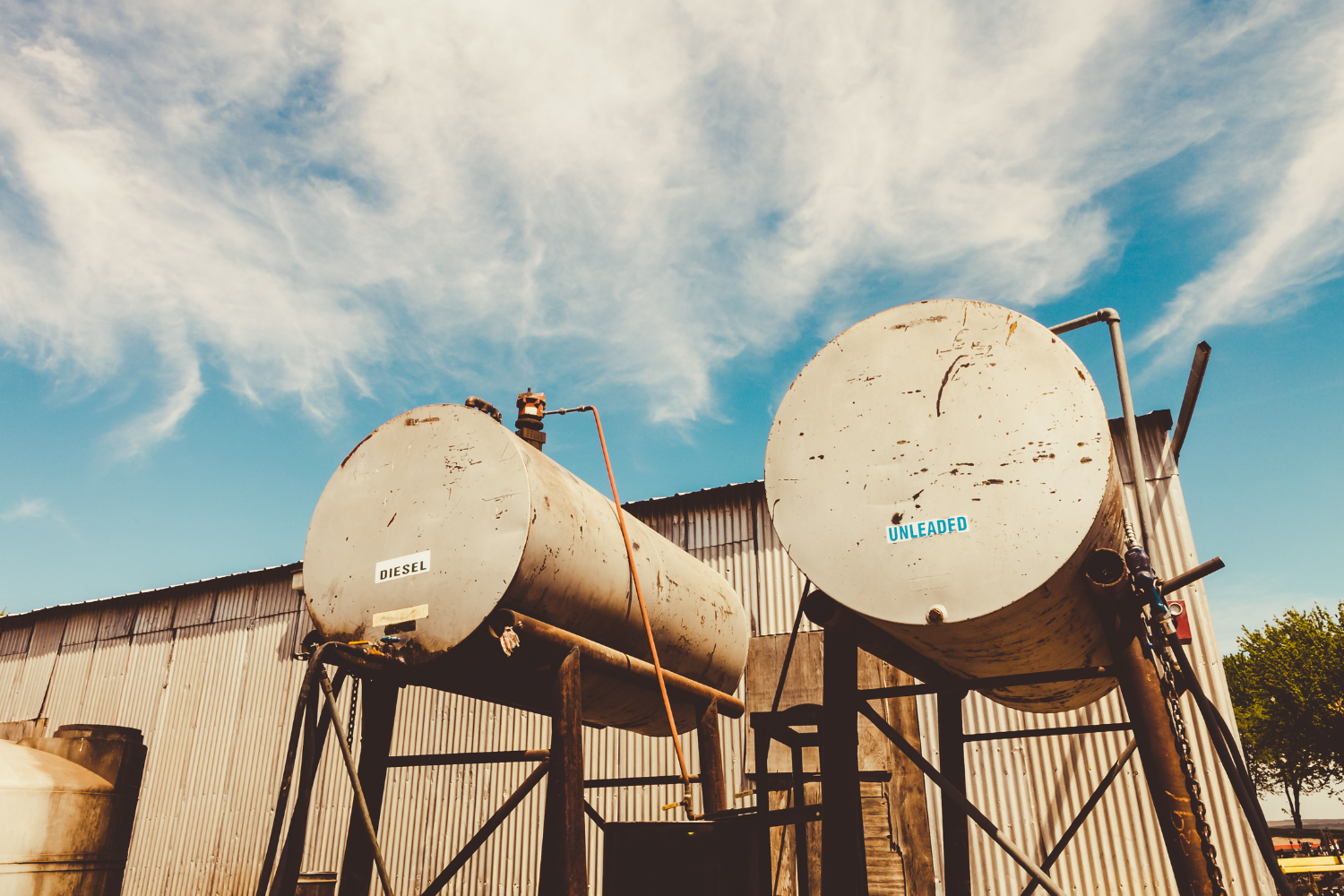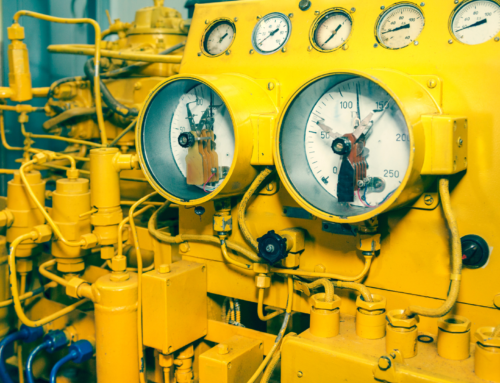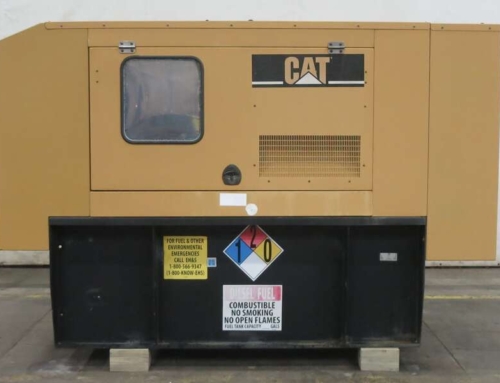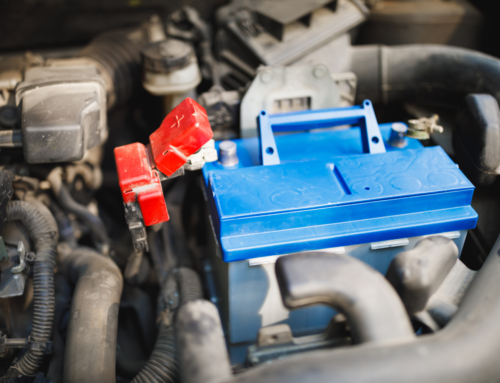If you operate any machinery that runs on diesel, fuel contamination can pose a serious threat to them. Microbial contamination, also known as the Diesel Bug, can not only reduce the performance of the fuel but also affect the internal components of your machinery, which can lead to costly repairs.
This blog will walk you through everything you need to know about diesel fuel contamination, how to detect it, and how to prevent it.
What Is Diesel Fuel Contamination?
Diesel Fuel Contamination is caused by microbes such as bacteria or fungi. Diesel, by nature, is hygroscopic, i.e., it tends to absorb moisture from the air.
These microbes, which are generally aerobic, get all the oxygen they need to survive from this moisture and all the nutrition they need to thrive from the hydrocarbons present in diesel.
Now, the presence of even the tiniest amount of water in the fuel is enough to help the diesel bug do its thing. Now, there is the kicker: the hotter the temperature, the faster the microbes multiply.
Add humidity to the equation; if left undetected, the diesel bug can contaminate your entire supply of diesel in no time, which generally has a shelf life of up to a year.
What Are the Signs to Look For?
When the diesel bug contaminates Diesel Fuel, in most cases, it is difficult to detect through the naked eye, especially in the initial stages.
That said, it does form a biofilm (a shiny layer of film buildup) or biomass (thick and slimy sludge), but these can be difficult to spot inside a tank.
That said, there are a few telltale signs that can indicate that your diesel fuel is contaminated, such as:
- Drop in fuel economy and engine performance.
- Frequent clogging of fuel filters or injectors.
- Leaking fuel tanks. (Diesel fuel contamination by the diesel bug forms acidic or corrosive by-products that can eat through your fuel tanks.)
- A rotten egg smell emanating from the fuel.
- Discoloration of the fuel. Fresh, uncontaminated Diesel fuel is bright greenish-yellow in color. If the fuel is infected, it will turn dark to a certain extent.
If you store vast quantities of diesel long term either for your fleet or your backup generator, it is best to get them tested frequently using a diesel fuel contamination test.
Colony forming Unit (CFU), Immunoassay Antibody Test, and ATP testing are the most used tests to check for diesel fuel contamination.
How to Prevent Diesel Fuel Contamination?
Let’s be honest; there is no foolproof method to prevent diesel fuel contamination altogether. That said, you can take several steps to mitigate the possibility of it happening. Here is how.
Get Your Fuel from a Reputable Source
Diesel fuel contamination need not always occur under your watch. There could be instances in which you have already received a portion of contaminated fuel from its source.
Fuel suppliers whose revenue and reputation depend on fuel quality will already have the measures in place to prevent fuel from getting contaminated in the first place. Buying your supply of fuel from them is a good place to start.
Try to Keep Water Away from Your Fuel
The keyword here is to “try”. Water will always find a way to enter your fuel storage tanks. This can be in condensation or if the seals are no longer water-tight and let rainwater seep into your tanks.
One way to prevent this is always to keep your tanks full to minimize the formation of condensation inside the tanks.
As we have already established that keeping water formation at bay is virtually impossible, another good practice is to check for “water bottoms” regularly.
Water is denser than diesel; over time, a layer of water builds up underneath it. It is best to have a valve fitted to the bottom-most section of your fuel storage tanks and open them occasionally to check for water accumulation.
If you are located in a hot and humid region, the more often you do this check, the better.
Maintain Your Storage Tanks
Maintaining and keeping your storage tanks clean has two major benefits. One, over time, sludge can form at the bottom of tanks that may not be visible when your tank is full. The sludge keeps contaminating any fresh fuel you keep putting into your tanks.
Regular cleaning will also prevent corrosion, preventing moisture or water from entering your tank. This can accelerate the process of fuel getting contaminated.
Finally, another best practice to follow is always to run your fuel through a filtration system (also known as fuel polishing) so that you do not end up with dirty, contaminated fuel in your machinery or generators.
Summing It Up
Diesel fuel contamination is a serious problem that can have a significant impact on the performance and lifespan of your machinery.
While there is no foolproof way to prevent it, you can take several steps to mitigate the risk. The key points mentioned here will greatly help you in the battle against the diesel bug.
Commonly Asked Questions on Diesel Fuel Contamination
1.What is Diesel Fuel Contamination?
Diesel Fuel Contamination refers to any unwanted substances found in the fuel. This could be either water, microbes, or sediments such as dust, rust, etc.
2.What are the telltale signs of diesel fuel contamination?
Some of the most common signs that you may be dealing with diesel fuel contamination are discoloration of the fuel, a drop in engine performance or mileage, and frequent breakdowns or clogging of filters and injectors.
3.What is the shelf life of diesel fuel?
Ideally, the shelf life of uncontaminated diesel fuel is between 6 to 12 months.
4.How can I treat diesel fuel contamination?
There are a number of things you can do to treat diesel fuel contamination, including:
- Drain the contaminated fuel and replace it with fresh fuel.
- Use a fuel additive to remove the contaminants.
- Filter the fuel to remove the contaminants.
5.How can I test for Diesel Fuel Contamination?
You can test for diesel fuel contamination in three ways. They are visual inspection, fuel sampling, and fuel testing kits.
The simplest but the least reliable method is visual inspection. Fuel sampling and fuel testing kits are more reliable, but they require sending samples to a specialized laboratory for specialized testing.

